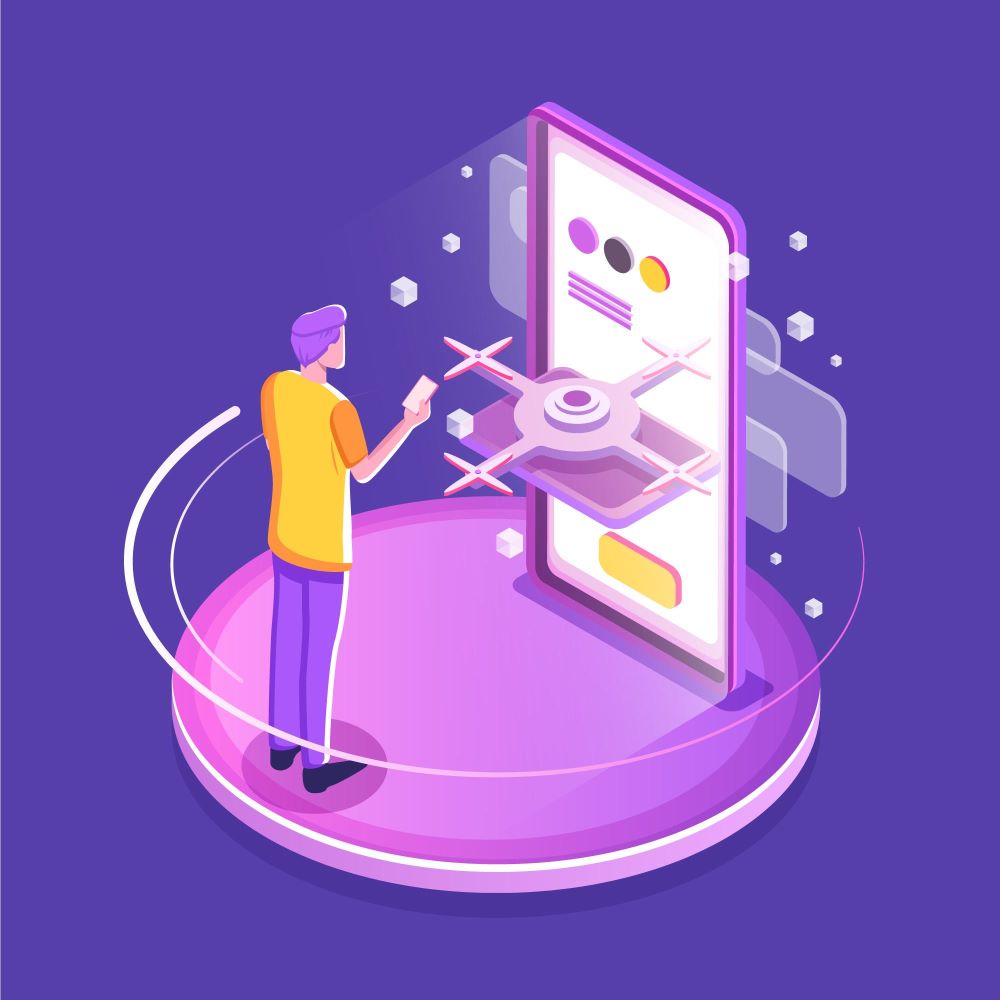 Local SEO Boost – Put Your Business on the Local Map!
Local SEO Boost – Put Your Business on the Local Map!
How AR Is Transforming Industries: Trends in App Development
Written by tracey » Updated on: June 17th, 2025

Augmented Reality (AR) has become a transformative technology across a range of industries. It overlays digital content on the real world through smartphones, tablets, smart glasses, and other AR-enabled devices, providing an immersive, interactive experience that bridges the gap between the physical and digital worlds. This article explores how augmented reality app development is driving trends in various industries and reshaping how people interact with technology.
The Rise of AR App Development
AR app development has evolved significantly over the past decade, moving from niche applications to mainstream use across industries. This shift is fueled by advancements in AR software development kits (SDKs), such as ARCore by Google and ARKit by Apple, which make it easier for developers to create AR applications. Additionally, improvements in hardware, such as better cameras and sensors in mobile devices, have further enhanced the AR experience.
As a result, AR is being integrated into a wide range of applications, from gaming and entertainment to healthcare and education. Let’s take a closer look at the trends in augmented reality app development across various industries.
Gaming and Entertainment
One of the earliest and most popular uses of AR was in the gaming and entertainment industry. Games like Pokémon GO and Harry Potter: Wizards Unite have demonstrated the potential of AR in creating engaging, location-based experiences. These games overlay digital elements on the real world, encouraging players to explore their surroundings and interact with the virtual environment.
AR app development for gaming and entertainment continues to evolve, with developers leveraging AR to create more immersive and interactive experiences. For instance, AR games now feature real-time multiplayer modes, allowing players to compete against each other in shared AR environments. Furthermore, AR is being integrated into live events, concerts, and performances to enhance the overall experience for audiences.
Retail and E-Commerce
The retail and e-commerce industries have embraced augmented reality app development to provide customers with innovative shopping experiences. AR enables virtual try-on experiences for products such as clothing, accessories, and cosmetics, allowing customers to see how items look on themselves without physically trying them on. This helps improve customer satisfaction and reduce returns.
AR apps also facilitate virtual home decor and furniture placement, allowing customers to visualize how products will look in their homes before making a purchase. Retailers like IKEA and Wayfair have launched AR apps that enable customers to place furniture and home decor items in their living spaces using their smartphones.
Healthcare
The healthcare industry is benefiting from augmented reality app development in multiple ways. AR applications are being used for medical training, providing students and professionals with interactive simulations and visualizations of complex medical procedures. This hands-on approach to learning helps improve comprehension and retention.
In addition, AR is being used in surgery and diagnostics to provide real-time information and guidance to medical professionals. For example, AR apps can overlay medical images onto a patient's body during surgery, helping surgeons perform precise procedures. AR can also assist in remote consultations, allowing healthcare providers to guide patients through treatment plans and exercises.
Education
Augmented reality app development is transforming the education industry by offering innovative teaching and learning experiences. AR apps can bring textbooks and educational materials to life by overlaying interactive content, such as 3D models and animations, onto physical pages. This helps students grasp complex concepts more effectively.
AR is also being used in experiential learning, allowing students to explore virtual environments and interact with digital content. For example, AR field trips enable students to visit historical sites, museums, and natural wonders from the comfort of their classrooms. This immersive approach to learning fosters engagement and curiosity.
Manufacturing and Industrial Applications
In the manufacturing and industrial sectors, augmented reality app development is streamlining processes and improving efficiency. AR apps are used for maintenance and repair tasks, providing technicians with step-by-step instructions and real-time data overlays. This helps reduce downtime and improves safety by minimizing errors.
AR is also being used for training and onboarding, offering interactive simulations that replicate real-world scenarios. This hands-on approach helps workers gain practical experience and knowledge more quickly. Additionally, AR apps can assist with quality control by overlaying inspection data onto products, enabling technicians to identify defects and inconsistencies more efficiently.
Real Estate and Architecture
The real estate and architecture industries are leveraging augmented reality app development to enhance property visualization and design processes. AR apps enable potential buyers and renters to take virtual tours of properties, providing a more immersive and interactive experience. This allows them to explore spaces and get a better sense of the layout and features before visiting in person.
In architecture, AR is being used to visualize designs and plans in the real world, allowing architects and clients to see how projects will look in their actual surroundings. This helps improve communication and collaboration between stakeholders, leading to more accurate and efficient design processes.
Transportation and Navigation
Augmented reality app development is transforming the transportation and navigation industries by providing real-time, context-aware information. AR apps can overlay directions and points of interest onto a driver's field of view, making navigation more intuitive and safe. For example, heads-up displays in cars use AR to guide drivers with turn-by-turn directions while keeping their focus on the road.
AR is also being used in aviation for pilot training and in-flight navigation, providing pilots with crucial information such as altitude, speed, and obstacles. In public transportation, AR apps can guide passengers through stations and terminals, helping them find their way and understand schedules and routes.
Future Trends in AR App Development
As augmented reality technology continues to evolve, new trends in AR app development are emerging:
Wearable AR Devices: The development of AR smart glasses and other wearable devices will make AR experiences more seamless and natural. These devices will enable hands-free interaction with digital content, opening up new possibilities for applications in various industries.
AI Integration: The integration of artificial intelligence (AI) with AR will enhance the capabilities of AR apps, enabling more personalized and context-aware experiences. AI-powered AR apps can analyze user behavior and preferences to deliver tailored content and recommendations.
Spatial Computing: AR is a key component of spatial computing, which involves the use of 3D space to interact with digital content. As spatial computing technology advances, AR app development will focus on creating more immersive and interactive experiences that blur the lines between the physical and digital worlds.
Cross-Platform Compatibility: Developers are increasingly focusing on creating AR apps that work across different platforms and devices, including smartphones, tablets, and wearables. This trend will make AR more accessible to a broader audience and facilitate the adoption of AR technology across industries.
Collaboration and Remote Work: AR is being used to facilitate remote collaboration and work across industries. AR apps enable users to share and interact with digital content in real time, making remote work and communication more efficient and engaging.
Conclusion
Augmented reality app development is transforming industries by providing innovative and immersive experiences across a range of sectors. From gaming and entertainment to healthcare and education, AR is reshaping how people interact with technology and the world around them. As AR technology continues to evolve, we can expect even more exciting trends and applications in the future. With advancements in wearable AR devices, AI integration, and spatial computing, the potential for AR to revolutionize industries is immense.
Note: IndiBlogHub features both user-submitted and editorial content. We do not verify third-party contributions. Read our Disclaimer and Privacy Policyfor details.
Copyright © 2019-2025 IndiBlogHub.com. All rights reserved. Hosted on DigitalOcean for fast, reliable performance.














